Field bindweed ("birch") is a herbaceous perennial and one of the most difficult to remove weeds. It braids around the stems of any plants on the site and interferes with their normal development. For the destruction of the bindweed, folk methods and some agricultural techniques are most often used.
What is dangerous field bindweed
From the field bindweed in the personal plot, not only vegetable crops, but also fruit trees and berry bushes can suffer. This weed rapidly entwines young shoots of plants, which is why they begin to lag behind in growth and development. The bindweed has a powerful root system that depletes the soil in the garden.
Field bindweed flowers have a scent that attracts insect pests.
If you do not get rid of the bindweed in a timely manner, then it will grow rapidly and close the plantings from sunlight. The weed will braid the support plant and it will be impossible to carefully remove it or pull it out of the soil. The loach will have to be cut in parts. But after a while, it will grow again, since parts of the root system after the procedure will remain in the soil. Thus, it can take 2 years to control this weed.
The pest herb should not be allowed to bloom, since its seeds remain viable for 4 years.
How to get rid of bindweed in the garden: ways
You can get rid of the field bindweed using:
- agricultural techniques;
- planting certain plants on the site;
- folk methods;
- the use of specialized drugs.
It is not recommended to use a motor-cultivator and a shovel in the fight against a loach, since they only injure the roots of the bindweed, and will not completely destroy it.
Agrotechnical techniques
Field bindweed prefers acidic soil that does not contain iron. To limit the growth of this weed, it is recommended to apply top dressing to the ground, which will lead to alkalization of the soil. The following components should be added to the soil per 1 m2:
- 250-300 g of ash;
- 300-500 g of lime;
- 400 g dolomite flour.
Additionally, you can add iron fertilizers.
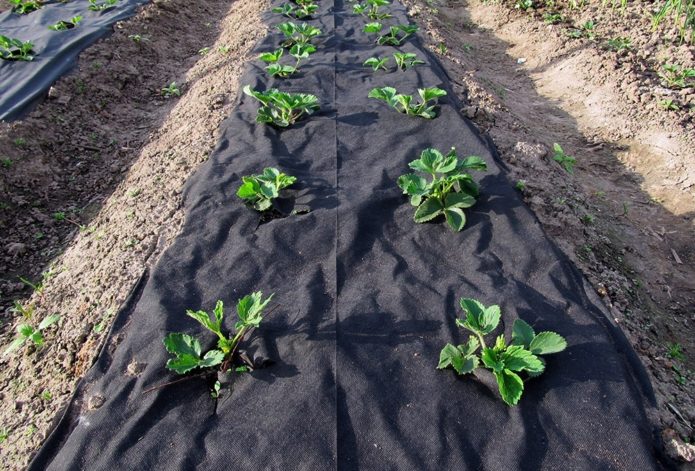
Geotextiles will prevent direct sunlight from entering, thereby creating unfavorable conditions for the bindweed to grow
The loach grows in well-lit areas, and another simple technique is to cover the soil with an opaque material (roofing material, geotextile, cardboard, plywood). Most often, one season is enough for the bindweed to die completely, but this one only if the weed seeds did not have time to get into the ground.
Planting
It is recommended to plant siderates on the site. These plants are also called green fertilizers. They not only inhibit the growth of weeds, but also improve the structure of the soil. The following siderates will not allow the field bindweed to grow and develop:
- mustard;
- phacelia;
- rape.
Green manure plants rapidly increase their green mass and germinate even at low temperatures. Before the beginning of the flowering period, it is recommended to mow and embed them in the soil. Siderata can also be used as mulch.
It is recommended to plant sunflowers and corn along the fence. They are not siderates, but will help get rid of the bindweed, preventing it from breaking through to the surface.
Video: white mustard in the fight against weed
Traditional methods
Of the folk methods, saline is most often used in the fight against a curly pest. Step-by-step instructions for preparing the product and its use:
- Pour 1.5 kg of table salt into 10 liters of water.
- Spray the above-ground part of the weed with the resulting solution. It is advisable to carry out the procedure on a hot and dry day.
- Weed the area after spraying.
It is recommended to grout and weed regularly to quickly achieve the desired result.
The disadvantage of this method is that not all plants can grow on saline soil. Therefore, it is recommended to resort to it only if the bindweed has grown too much, and other methods have turned out to be ineffective.
If the bindweed did not have time to grow very much, then the area on which it grows can be poured abundantly with boiling water. Another popular method of struggle is processing with a concentrated solution of soda. Watering should be carried out at a distance of 20 cm from the plantings.
Use of chemicals
Herbicides will help get rid of the bindweed on the site. The use of such funds should be resorted to only in extreme cases, when other methods have not brought the desired result. Herbicides are powerful chemicals that can negatively affect the condition of the trees and plants on the site. Processing should be carried out according to the instructions indicated on the packaging of the selected drug.
The most effective and safest herbicide is Roundup. During processing, the active substance penetrates into the cells of the weed grass and slowly spreads to all parts of the bindweed. After about a week, the plant dies. The advantage of Roundup is that it does not accumulate in the soil.
Tornado herbicide is also effective against stubborn weeds. The result is visible within 7-10 days after the procedure.
For the destruction of weeds, a Swiss drug such as Lintour is also suitable. The remedy affects not only the aboveground, but also the underground part of the bindweed. The final destruction of weeds occurs, as a rule, 18–20 days after treatment.
It is desirable to carry out the treatment with any of the selected herbicides at the beginning of the flowering period of the bindweed. After about a week, it is recommended to repeat the procedure to prevent the emergence of new stems.
To permanently get rid of the field bindweed on the site, you should regularly resort to using various methods. If they are ineffective, chemicals will come to the rescue.
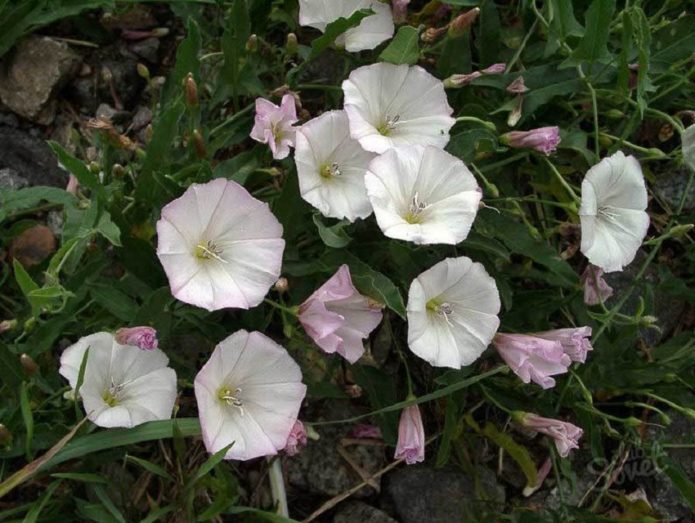
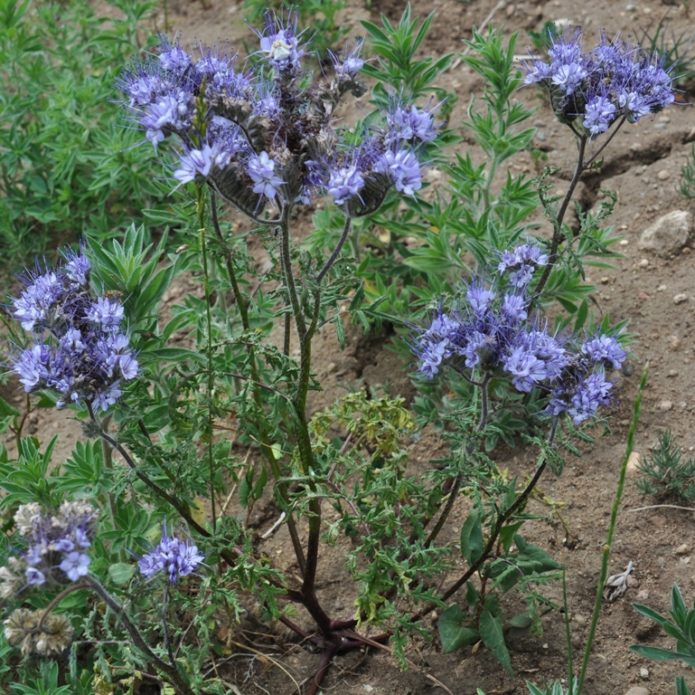
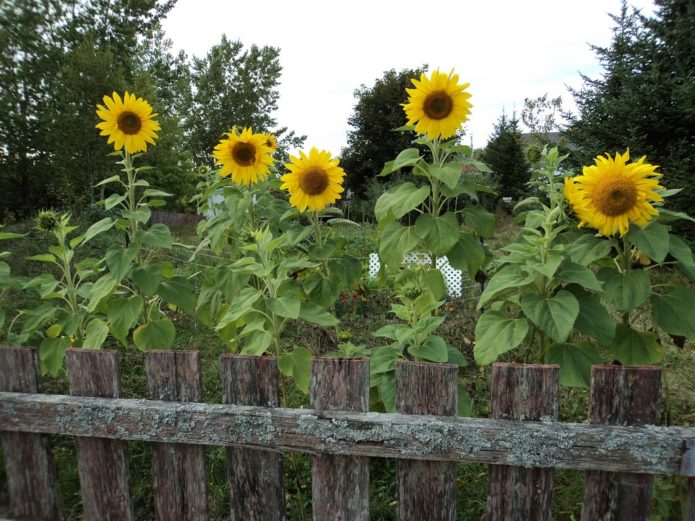
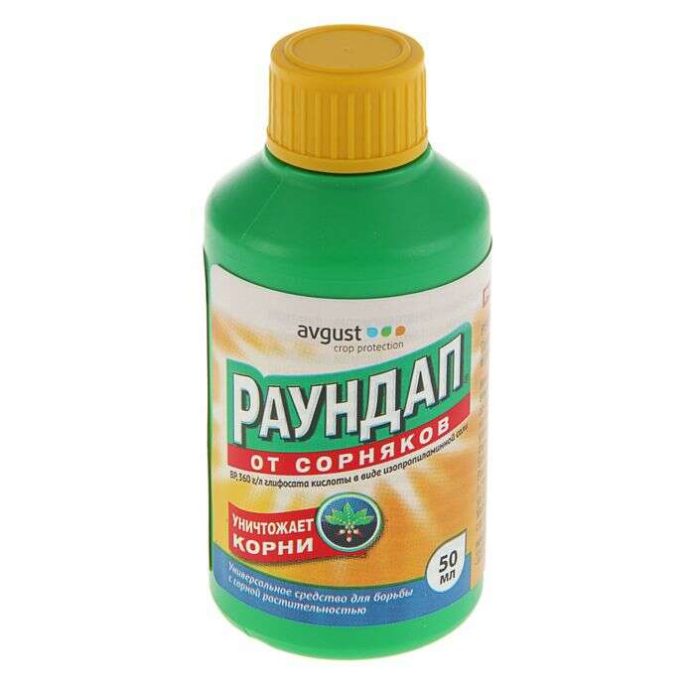
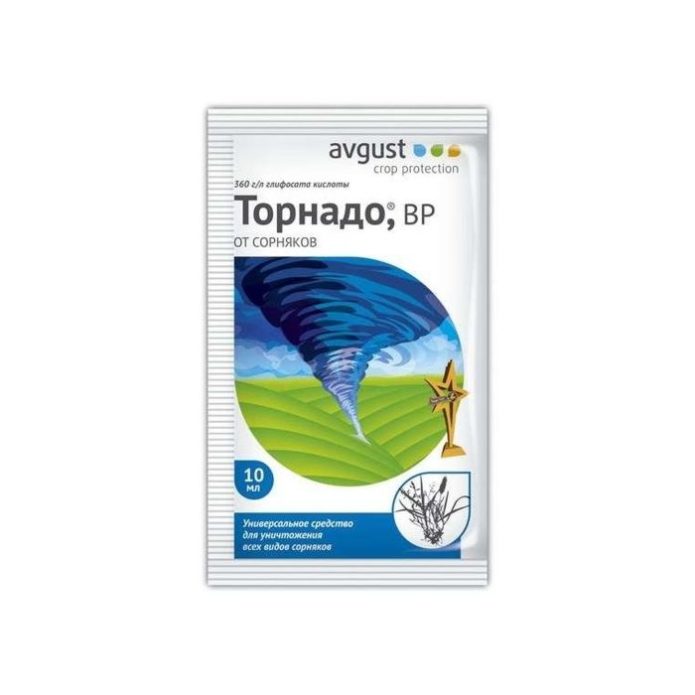
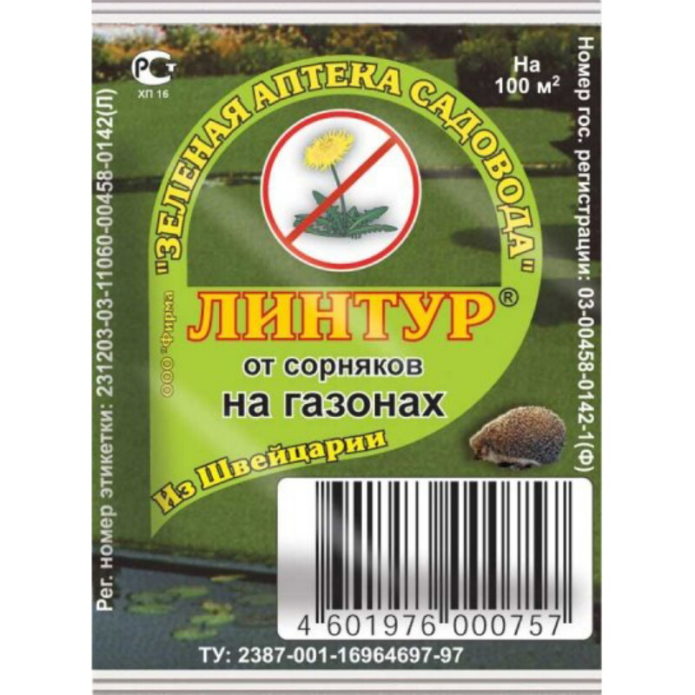
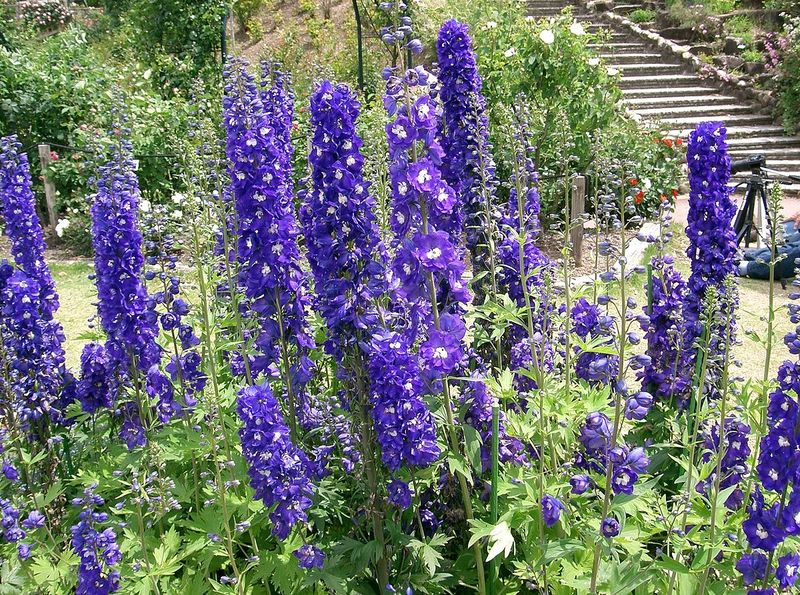
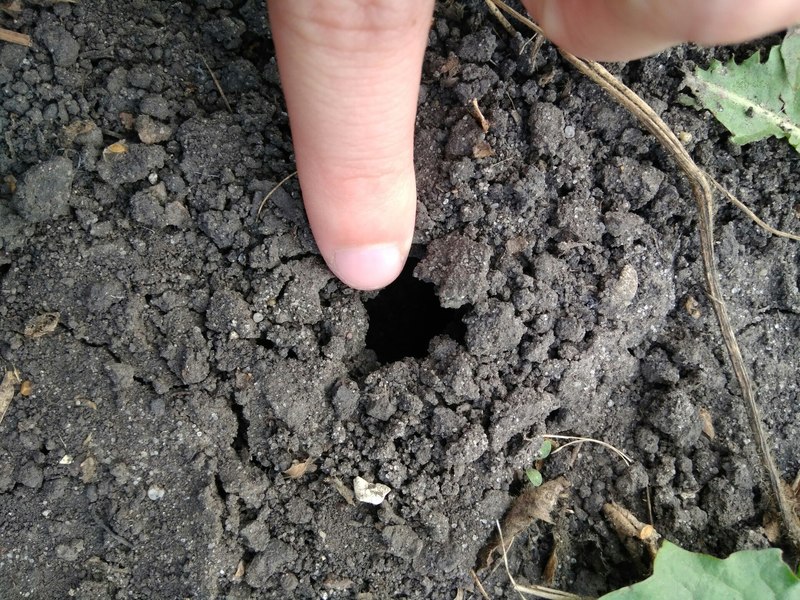
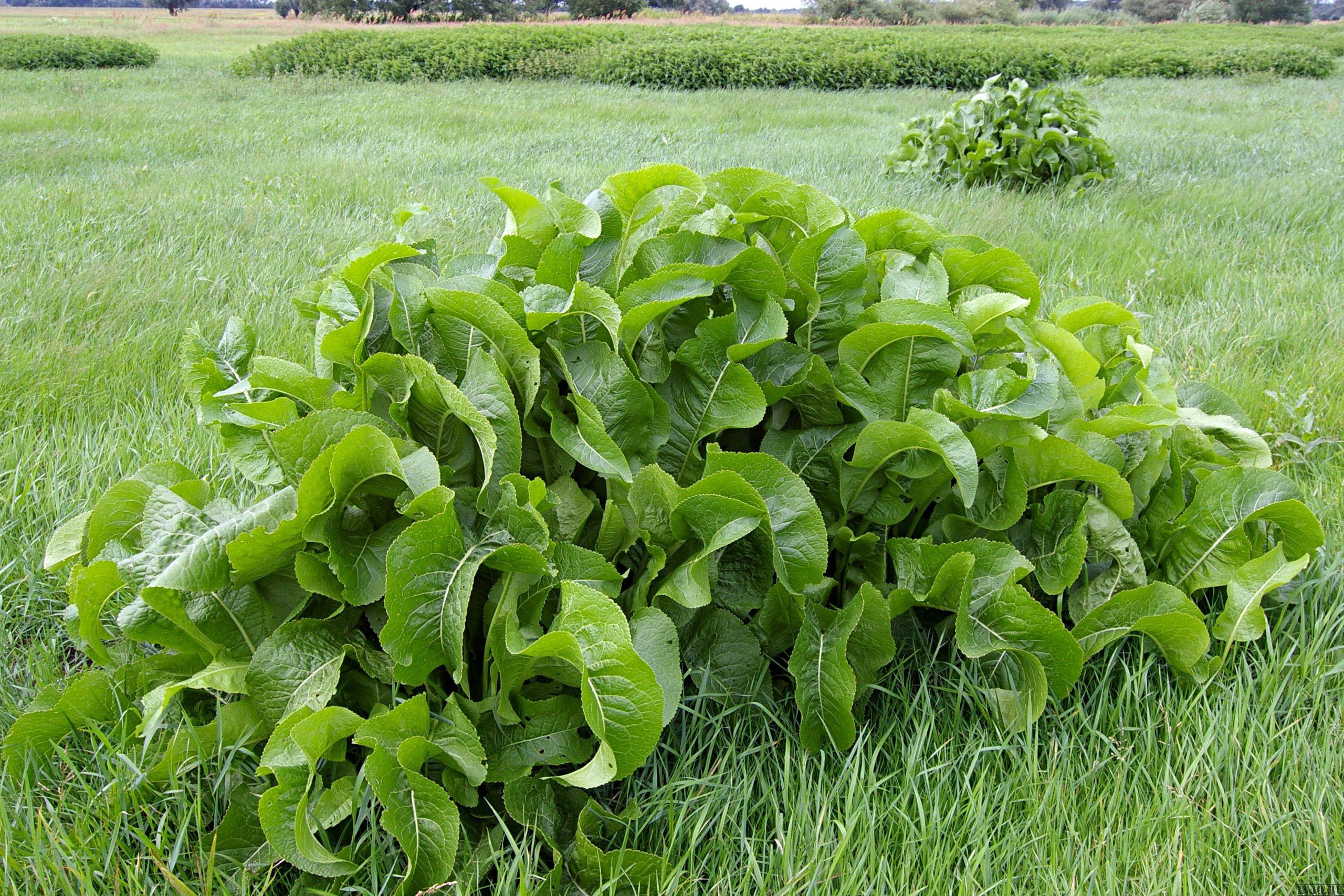
1 comment